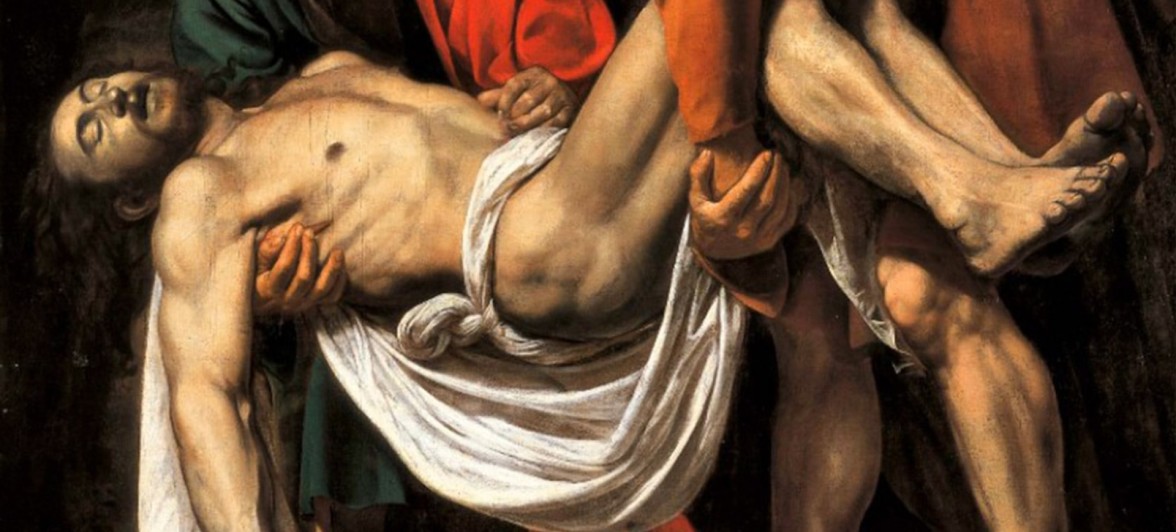The Work


The “Deposition” by Michelangelo Merisi known as Caravaggio, currently housed in the Vatican Pinacoteca (and the only work by the artist present in the Vatican Museums), is a masterpiece by the master of Italian Baroque, painted between 1602 and 1604. It represents the moment in which the body of Jesus is taken down from the Cross by Nicodemus and John and placed on the Stone of Anointing in the presence of the Virgin Mary, Mary Magdalene and Mary of Cleophas.
Caravaggio rendered this scene in typically dramatic fashion, using intense light effects to illuminate the central figures and create a marked contrast between the shadowed and illuminated areas of the canvas.. This play of light and shadow, typical of Caravaggio's style, emphasizes the emotion of the characters and gives the scene a powerful emotional impact.
The characters' expressions are intense and realistic, conveying the pain and sadness of the moment. The composition of the work is balanced and focuses on the gesture of deposition, with a detailed rendering of the bodies and fabrics.
Caravaggio's "Deposition" is considered one of the great works of 17th-century European art and influenced numerous subsequent artists with its innovative use of light, movement and human emotions.


